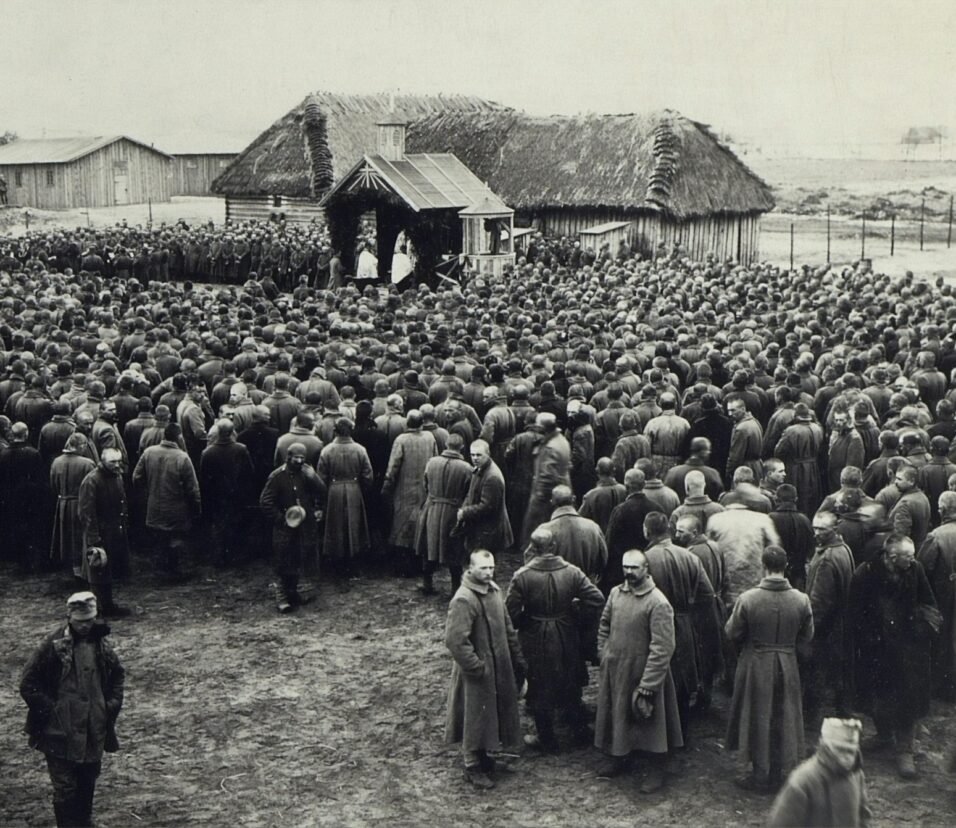The Montgomery Bus Boycott
The Montgomery Bus Boycott started in December 1955 and lasted more than a year. It was a key event in the fight for equal rights in America. This boycott showed how unfair the rules were in the southern part of the country. It also showed how strong and united Black people were, even when faced with a lot of racism and hate.
The Backdrop
In Montgomery, Alabama, like in many southern U.S. places, there were strict rules called Jim Crow laws. These rules forced Black and white people to stay separate in public places. One of the most obvious signs of this was on buses: white people sat in the front and Black people had to sit in the back. In this tense environment, a brave 15-year-old girl named Claudette Colvin decided not to give up her seat to a white man in March 1955. But her arrest and punishment didn’t create the big protest that Black leaders were waiting for. The real turning point came later that year.
Rosa Parks: Standing Strong
On December 1, 1955, Rosa Parks, a Black woman who sewed clothes and was part of the NAACP, got on a bus in Montgomery and sat in the front of the area where Black people were supposed to sit. When the bus got crowded and a white man had nowhere to sit, the driver told Rosa to give up her spot. She said no. Because of this, she was arrested and had to pay money as a penalty. But her brave choice made many Black people in Montgomery decide to fight against the unfair bus rules.
The Boycott started after Rosa Parks was arrested and because of the unfair bus rules, Black leaders and groups, like the Women’s Political Council and the NAACP, asked everyone to not ride the bus for one day. This was a big step because most people who used the buses in Montgomery were Black. But it worked. On December 5th, the buses were almost empty because Black people found other ways to travel. Places where people usually waited for buses were quiet, with only the sound of people walking by, showing they’d rather walk than take the bus.
Organizing for Change
Seeing how successful the one-day boycott was, it was obvious that the Black community in Montgomery wanted things to change. Encouraged by this, leaders like Martin Luther King Jr. and Ralph Abernathy started the Montgomery Improvement Association (MIA). Their main goal? Keep the boycott going and make the buses open to everyone. As more and more people stopped riding the buses, the city’s bus system started losing a lot of money. But even then, the city wouldn’t listen to what the Black community was asking for.
Facing Challenges with Clever Ideas
The city and some people who didn’t like the boycott tried different ways to stop it. To help out, Black taxi drivers started charging the same amount as the bus to help people get around. But the city quickly responded, warning taxi drivers they’d get in trouble if they charged too little.
To stop the car rides set up by Black leaders, the city tried to make it hard for them to get car insurance. But, showing great cleverness, the leaders got insurance from big companies outside the U.S., like Lloyd’s of London.
National Support and the Path to Victory
The longer the boycott went on, the more people across the country noticed. Black churches everywhere held events to help out, and many sent gifts, like shoes for those walking instead of taking the buses. This wasn’t just a local problem anymore; it was turning into a big national effort.
The big change for the boycott happened when a court said that separating people on buses because of their race was not allowed by law. The highest court in the country agreed with this. So, on December 21, 1956, everyone, regardless of their color, could sit anywhere they wanted on Montgomery’s buses.
Legacy and Repercussions of the Montgomery Bus Boycott
The effects of the Montgomery Bus Boycott went beyond just changing the bus rules. Its success inspired people all over the country to fight for their rights and paved the way for bigger changes in how everyone was treated.
The Emergence of Martin Luther King Jr.
Dr. Martin Luther King Jr. became a standout leader during the Montgomery Bus Boycott. Even though he was just 26, his powerful speeches, smart strategies, and belief in peaceful protests made people listen to him. His role in the boycott made him a major figure in the fight for equal rights in the U.S., leading many more efforts until he tragically died in 1968.
Conclusion
The Montgomery Bus Boycott was a big deal in the story of America. It showed that when people join together because they want fairness, big changes can happen. This wasn’t just about bus seats; it was about fighting long-standing unfair beliefs and actions based on race. Looking back, we should remember and thank everyone who bravely said “no” to unfair treatment and helped make America a better place for everyone.







